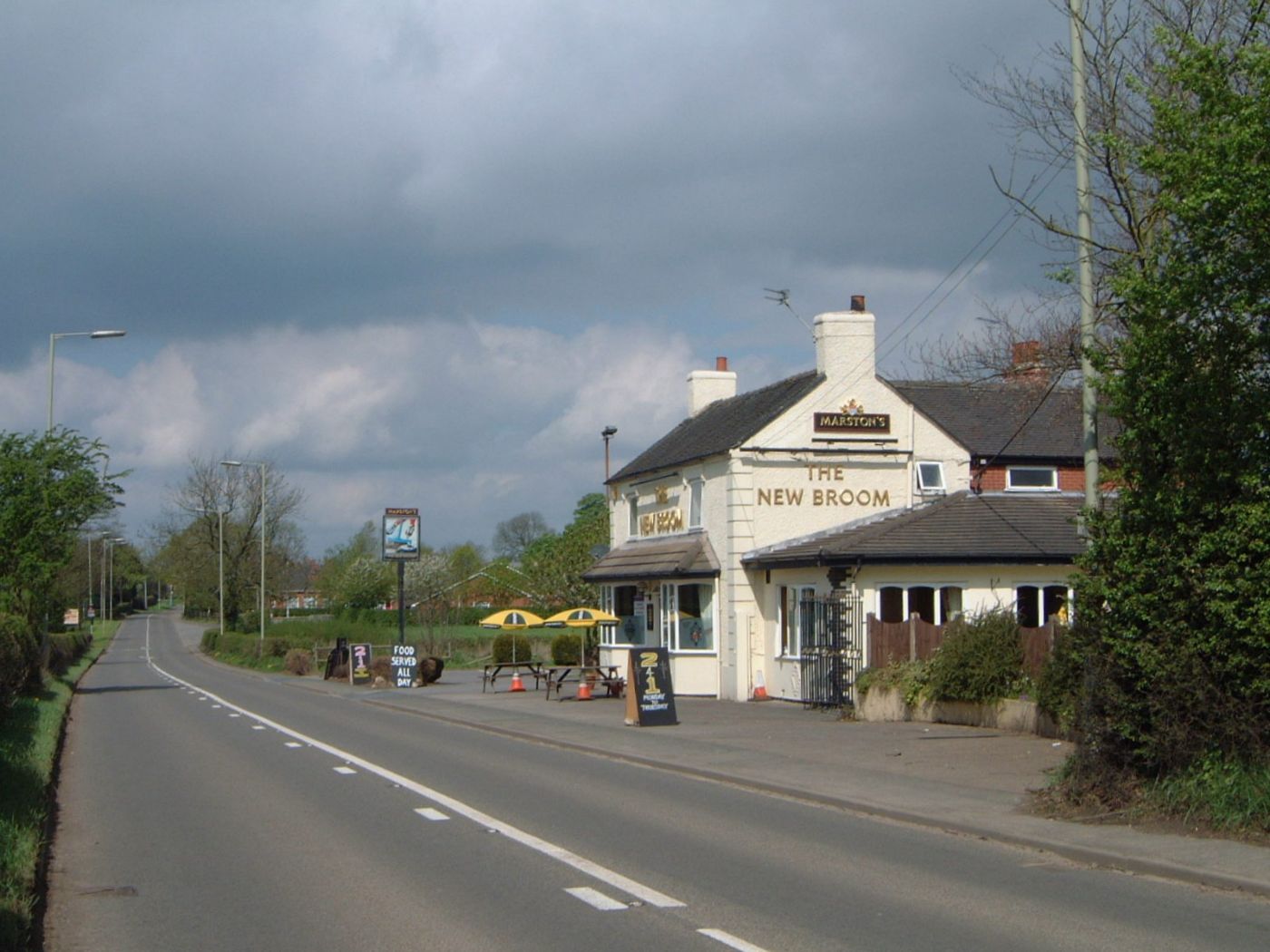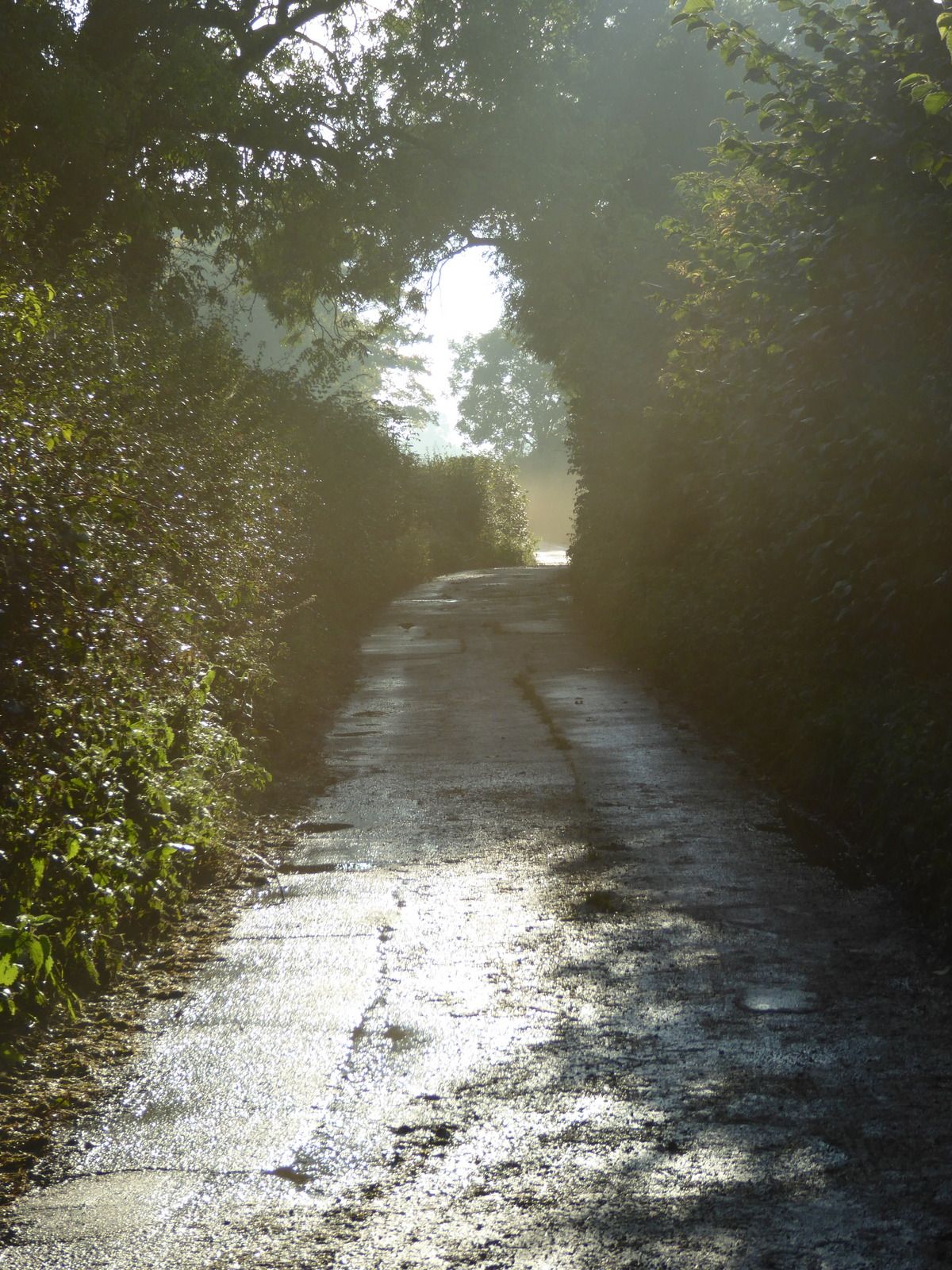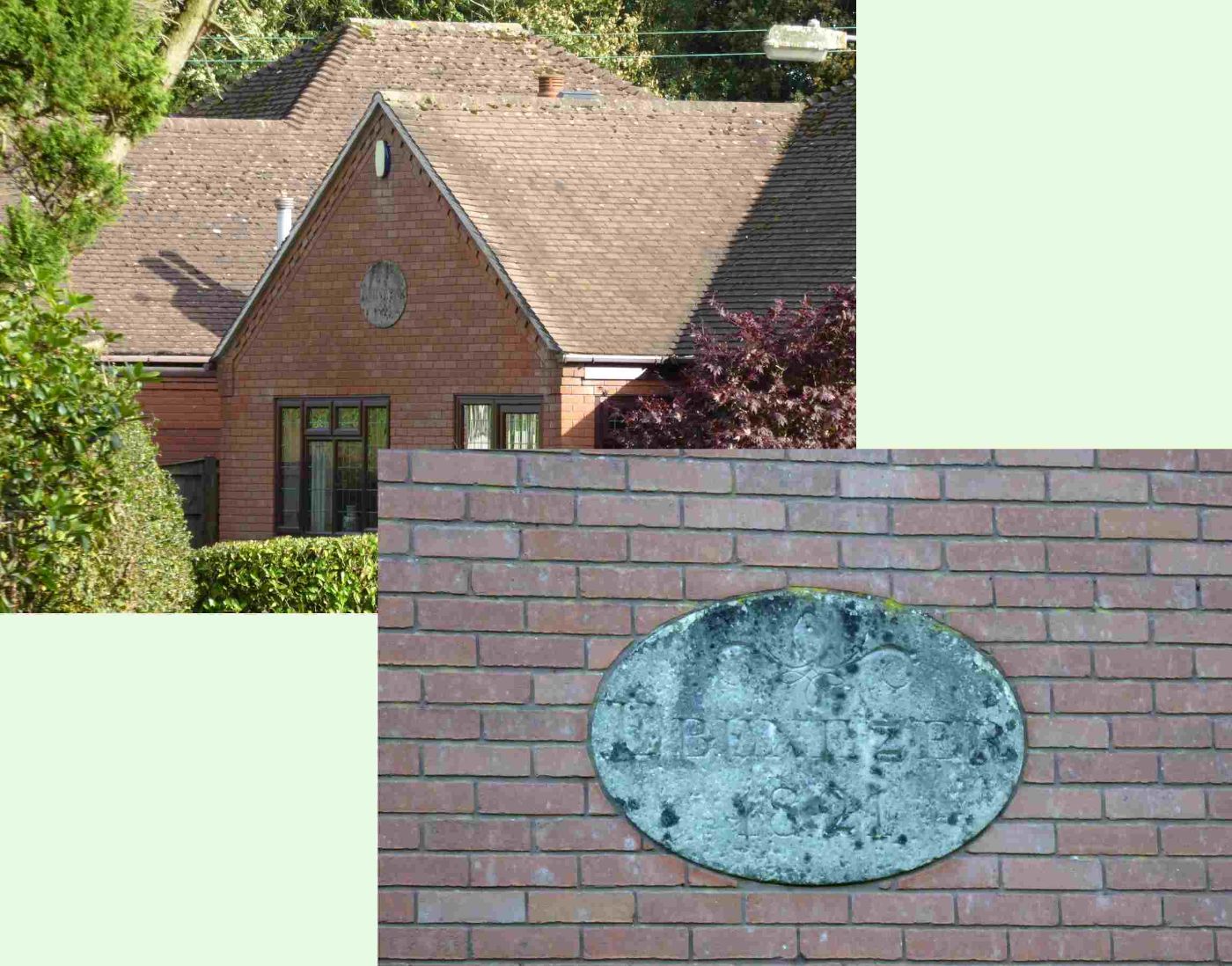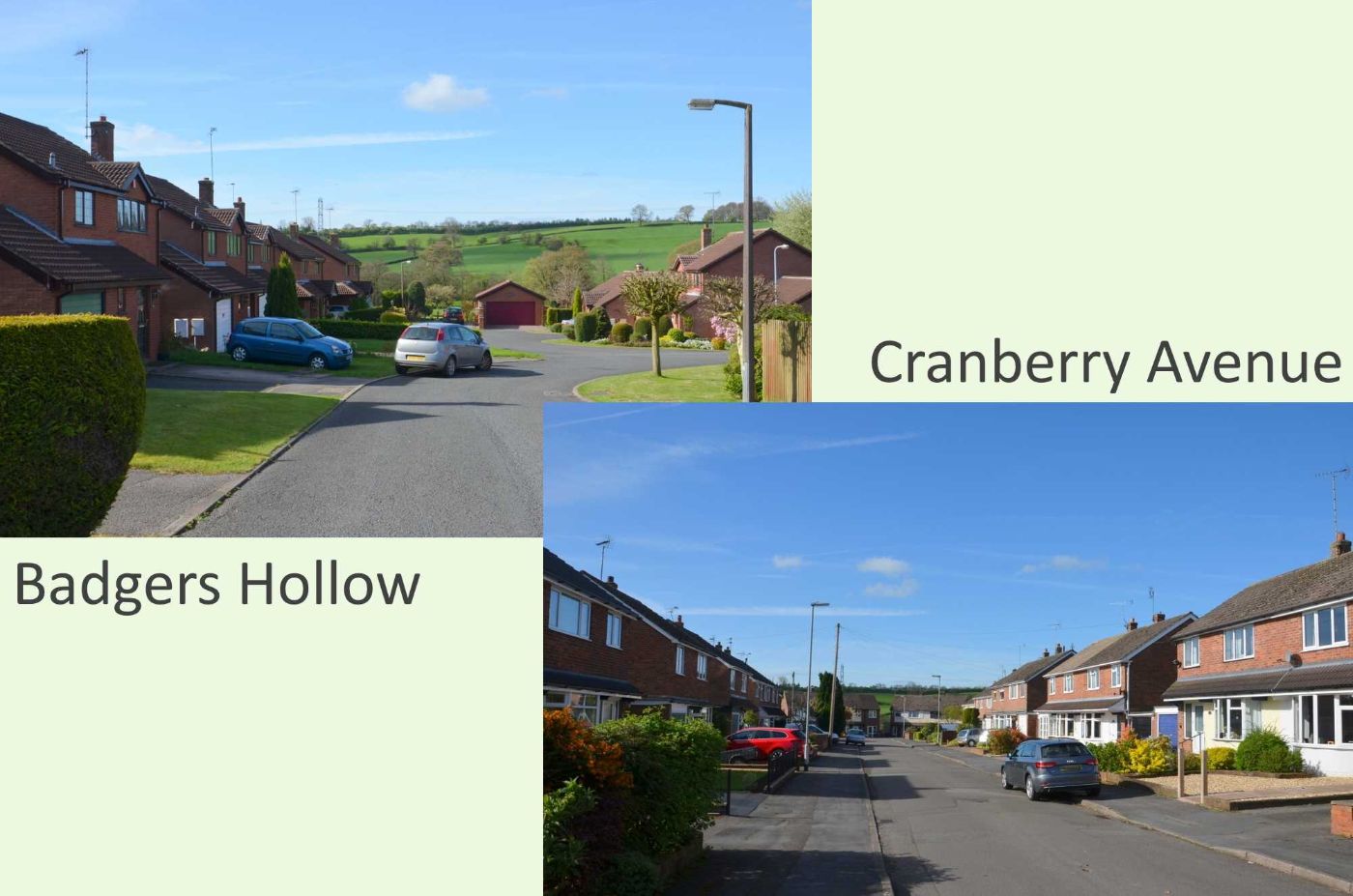The Checkley Cricket Club was founded in 1860 thanks to the, kind patronage of the Philips family of the Heybridge Estate, Lower Tean. Initially the Club played on various grounds within the Heybridge estate including a site near to the New Broom (formerly New Inn).
The Club’s activities were curtailed during the First World War but in 1919 when Lt Col. H.B.Philips made the present ground at Four Trees available and provided a pavilion and mowers etc. The generous terms for the rent for the cricket ground stipulated by Lt. Col. H.B.Philips called for the payment of one peppercorn per annum, if so demanded.
Club cricket was played under his patronage until his death in 1951 and in accordance with his wishes, the ground and pavilion was purchased by the Club from his executors for the sum of £400 in 1954.
In the autumn of 1970 the Club embarked upon what was then their most ambitious project when a major ground levelling and drainage scheme commenced. This extensive work was undertaken by leaving the hallowed square undisturbed. A number of local sporting organisations kindly accommodated the Club for Checkley’s ‘home’ fixtures during 1971 but cricket was able to resume at Four Trees on 1st August 1971 when Mr Michael Philips officiated in the re-opening of the ground.
The first phase of the pavilion rebuilding programme was completed in 1980. The second phase of the main clubroom was completed in April 1982 and the final stage comprising changing rooms and showers was achieved in 1984.
The Club plays in the Premier Division of North Staffordshire & South Cheshire Cricket League. Youth cricket was first introduced in the Club in1976. Since then, the Club has maintained a successful youth development policy and it now has Under 9s, Under 11s, Under 13s and Under 15s competing in the South Moorlands Junior Cricket League.



